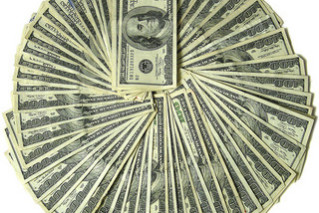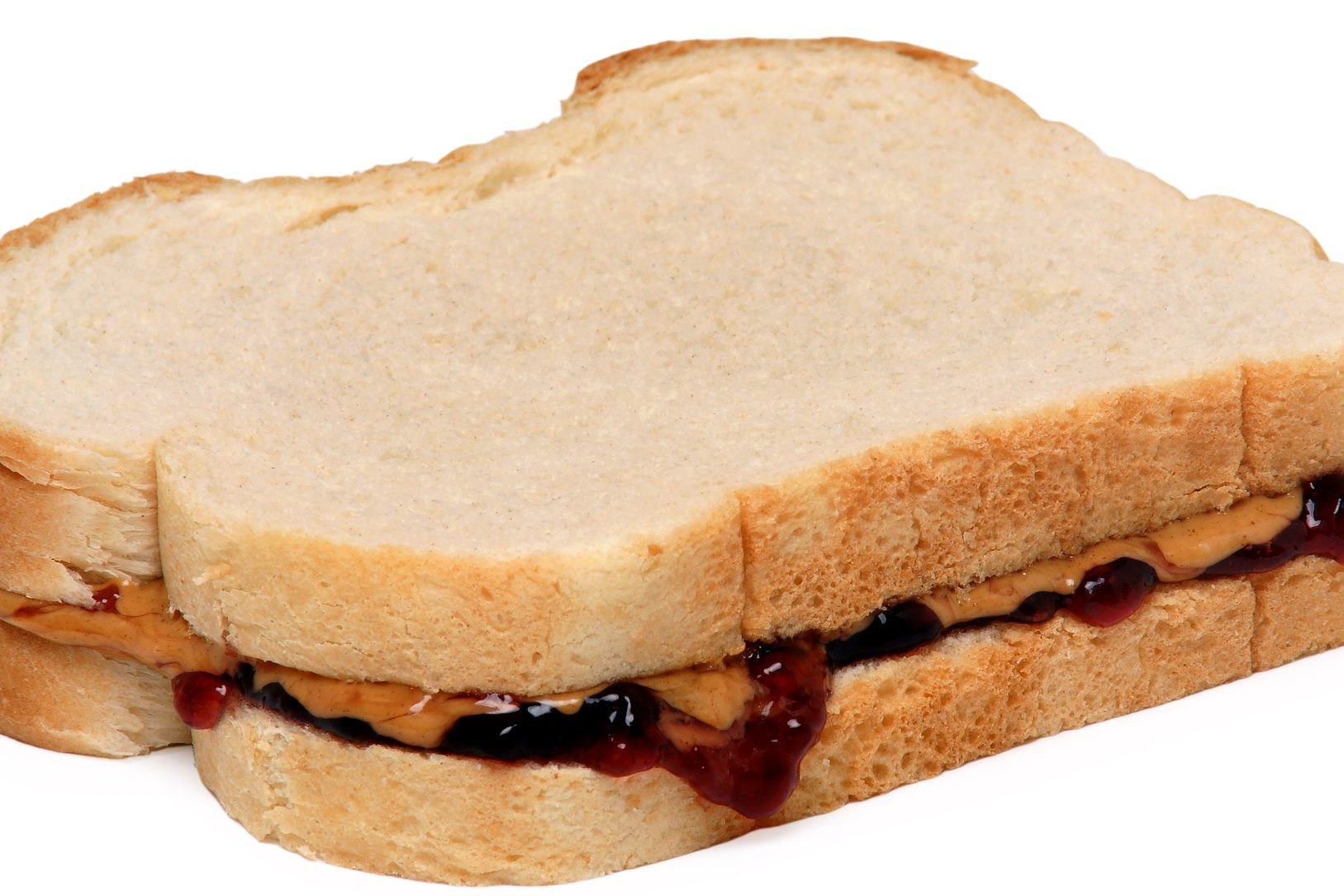Money Matters: Why a Good Nonprofit Fundraiser is Hard to Keep
What’s love got to do with it?
Show me the money.
Some year’s ago the Chronicle of Philanthropy published an article about the need to Shake Up Development Offices and Curb Turnover. The article cites Penelope Burk’s five years of research which culminated in her groundbreaking book, Donor-Centered Leadership, as well as a revelatory study, Underdeveloped, by CompassPoint and the Evelyn and Walter Haas, Jr. Fund that found half of chief development officers planned to leave their jobs in two years or less. And 40% planned to leave fundraising entirely.
What’s going on, and how can you fix it?
Is it about money, or something else?
Details

 13 happens to be my lucky number. I want it to be lucky for you too.
13 happens to be my lucky number. I want it to be lucky for you too.